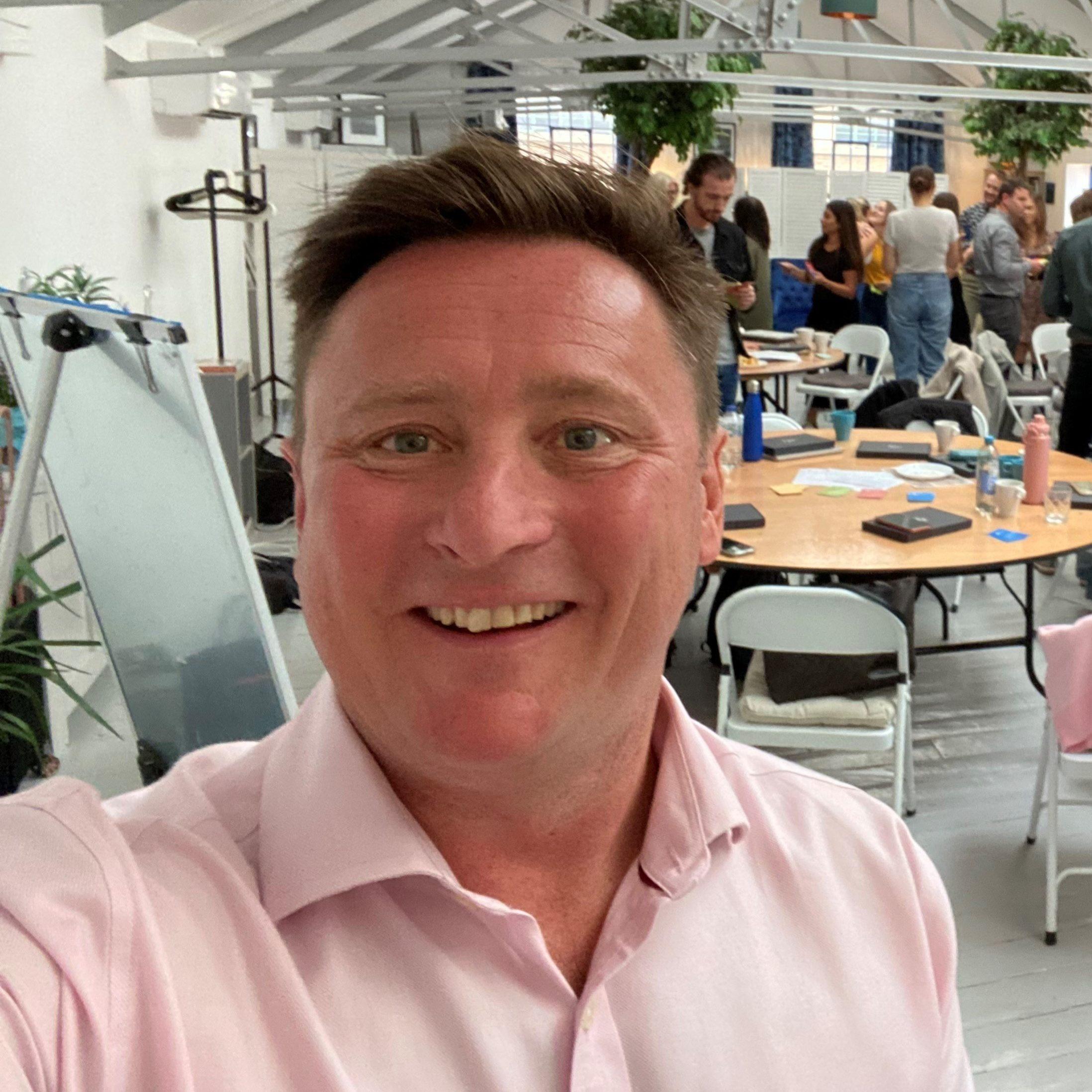The Insights Discovery model of behaviour and colour energies are based on the psychological types identified by Swiss psychologist Carl Jung and later developed into a paper-based personality assessment by mother and daughter team Katharine Cook Briggs and Isabel Briggs Myers in 1943.
The Insights colour model is based on the premise that all human behaviour can be described through four colour energies, the preferred order in which an individual might organise them, how much they have of each, and how close they are together.
